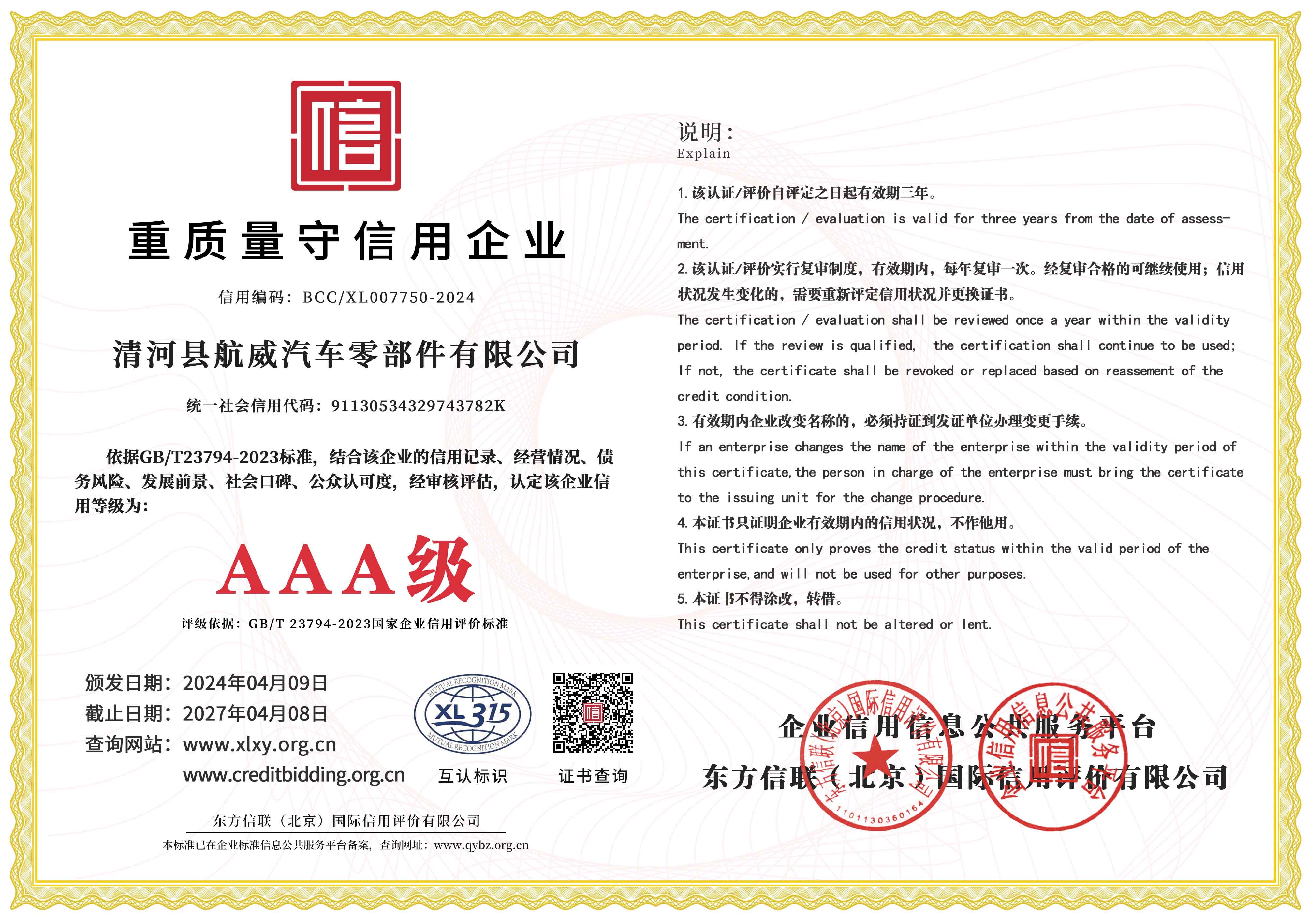Adjusting and Replacing Your Gear Shifter Cable for Smooth Performance
Understanding and Changing Shifter Cables A Comprehensive Guide
Shifter cables play a crucial role in the performance of any bicycle, particularly those that utilize a derailleur system. Over time, these cables can wear out, fray, or even snap, leading to shifting issues and a less enjoyable riding experience. In this article, we will delve into the importance of shifter cables, the signs that indicate they need replacing, and a step-by-step guide on how to change them.
What is a Shifter Cable?
A shifter cable is a thin, strong wire that connects the shifter (the component that you operate with your hand to change gears) to the derailleur (the mechanism that moves the chain across different gears on the cassette). When you pull or push the shifter, it tightens or loosens the cable, which in turn moves the derailleur to shift the chain onto the desired gear.
Importance of Shifter Cables
Maintaining the integrity of your shifter cables is essential for a smooth riding experience. Damaged or worn cables can lead to problems such as
1. Inaccurate Shifting If the cable is frayed or stretched, it may not pull the derailleur effectively, resulting in missed shifts or inaccurate gear changes.
2. Difficulty Shifting A stiff or corroded cable can make shifting hard, causing frustration during rides, especially in challenging terrain.
3. Potential for Breakage A cable that shows signs of wear is at risk of breaking, which can leave you stranded or force you to walk your bike home.
Recognizing these signs and replacing your shifter cables promptly can greatly enhance your cycling experience.
Signs You Need to Change Your Shifter Cables
1. Visible Damage Look for frayed ends, rust spots or any signs of corrosion.
2. Poor Performance If your bike is having difficulty shifting between gears, jerking, or skipping, your cables might be the culprit.
3. Increased Resistance If shifting feels harder than usual, it may be time to replace the cables.
4. Delayed Shifts Noticeable lags in shifts often indicate that the cables are compromised.
changing shifter cable

Step-by-Step Guide to Changing Shifter Cables
Changing shifter cables may seem daunting, but with the right tools and a bit of patience, it can be a straightforward task. Here’s how you can do it
Materials Needed - New shifter cables (ensure they are the correct length for your bike) - Allen wrenches - Cable cutters - Screwdrivers - Needle-nose pliers - A bike stand (optional, but helpful)
Instructions
1. Prepare Your Bike Secure your bike on a stand if you have one. Shift to the smallest gear to relieve tension on the cable.
2. Remove the Old Cable - Loosen the cable anchor bolt on the derailleur using an Allen wrench. - Carefully remove the old cable from the shift lever. Depending on your shifter type, you may need to unscrew a cover to access the cable.
3. Route the New Cable - Feed the new cable through the shifter, ensuring it sits properly in the mechanism. - Route the cable down the frame and through any cable housing. Ensure it is seated correctly and not kinked.
4. Attach the Cable to the Derailleur - Pull the cable taut and attach it to the derailleur with the anchor bolt. Make sure it is secure but avoid overtightening, as this can damage the cable.
5. Adjust Cable Tension Use the barrel adjuster on the shifter to fine-tune the tension, ensuring smooth shifting.
6. Test the Shifting Shift through all the gears to confirm everything is functioning correctly. Make any necessary adjustments.
7. Trim the Excess Cable Use cable cutters to trim any excess cable, leaving a small amount for future adjustments.
8. Finish Up Replace any protective covers and check that everything is secure.
Conclusion
Regular maintenance, including changing shifter cables as needed, is essential for keeping your bike performing at its best. With the right knowledge and tools, this task can be easily managed at home, allowing for a more enjoyable riding experience. Stay proactive, and your bike will always be ready for the next adventure!
-
Upgrade Your Vehicle with High-Quality Handbrake CablesNewsNov.01,2024
-
Optimize Your Bike's Performance with Quality CablesNewsNov.01,2024
-
Enhance Your Vehicle's Performance with Quality Clutch ComponentsNewsNov.01,2024
-
Elevate Your Vehicle's Performance with Quality Throttle CablesNewsNov.01,2024
-
Elevate Your Vehicle's Performance with Quality CablesNewsNov.01,2024
-
Affordable Solutions for Your Cable NeedsNewsNov.01,2024
